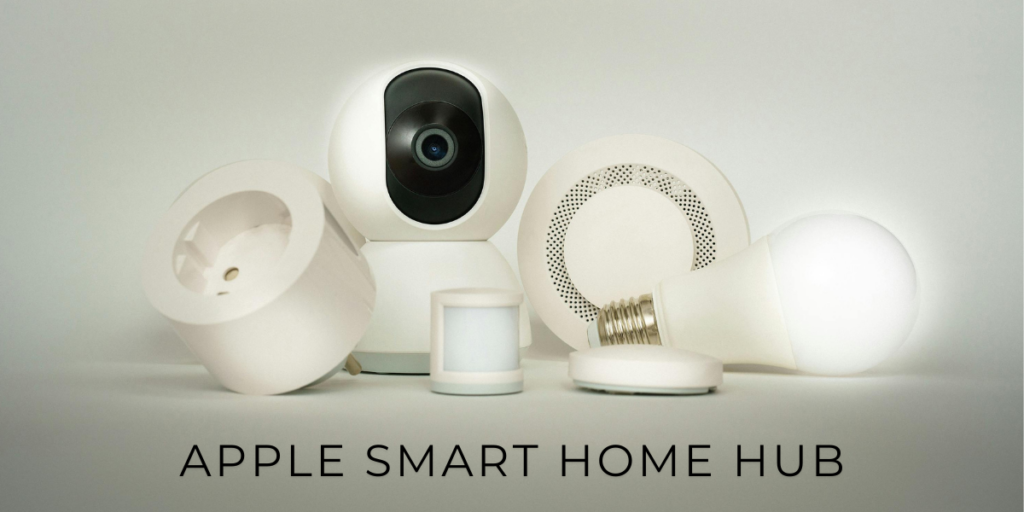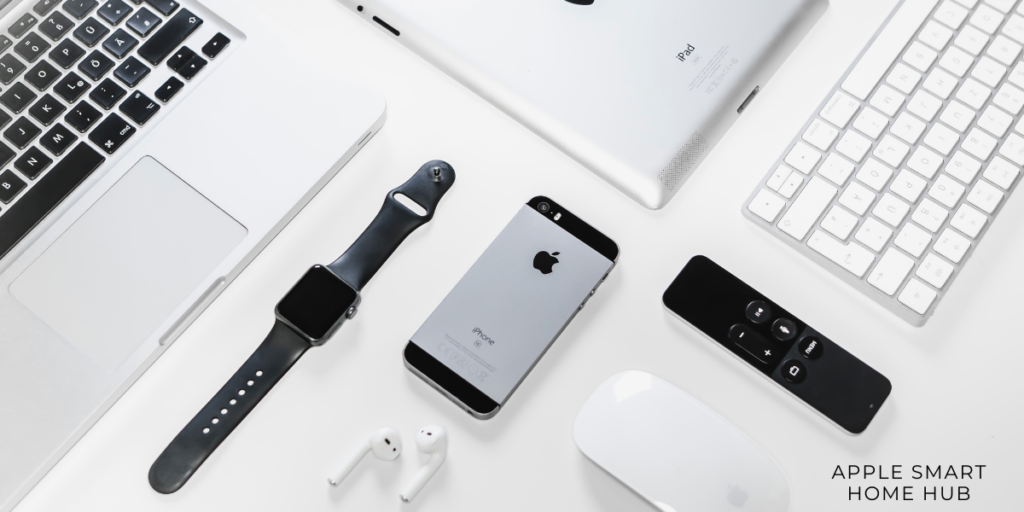The Ultimate Guide to Apple Smart Home Hub
The concept of a smart home has evolved from a luxury to an essential part of modern living. A well-implemented smart home setup offers convenience, improved energy management, enhanced security, and personalized routines. At the heart of Apple’s smart home ecosystem lies the Apple Smart Home Hub, an essential component that allows users to connect and control devices remotely through Apple HomeKit. This hub seamlessly integrates with your Apple devices, such as the iPhone, iPad, Apple TV, and HomePod, making automation easier and more secure.
The Apple Smart Home Hub ensures that all HomeKit-enabled devices work cohesively, whether you’re at home or away. It also supports advanced automation and scenes—so your home responds to your lifestyle automatically. In this detailed guide, we will explore the hub’s functionality, step-by-step setup, compatible devices, and the advantages it offers for smart homeowners.
What is the Apple Smart Home Hub?

The Apple Smart Home Hub is a central device that connects and manages your HomeKit-enabled accessories. HomeKit is Apple’s smart home platform, which allows compatible devices—like smart lights, locks, cameras, thermostats, and speakers—to function together under a single system. The hub ensures that these devices communicate efficiently and enables remote access, automation, and real-time monitoring.
Without a hub, most HomeKit devices are only accessible while connected to the same local Wi-Fi network. The hub bridges this limitation by maintaining a connection between your home devices and your Apple ID, allowing you to control them from anywhere using the Home app on your iPhone, iPad, or Mac. With an Apple Smart Home Hub, you gain the flexibility to unlock your door remotely, receive security alerts while away, or automate tasks based on time and location.
The term “Apple Smart Home Hub” encompasses several Apple products—namely, Apple TV, HomePod, HomePod Mini, and older iPads—that are capable of functioning as hubs. These devices remain connected to the internet and act as a middleman between you and your smart home system. Although Apple has started phasing out iPads as dedicated hubs, Apple TV and HomePod remain reliable choices for anyone looking to build a smart home.
Key Features of the Apple Smart Home Hub
Effortless Siri Integration for Voice-Activated Control
With Apple’s Smart Home Hub, seamless Siri integration lets you manage your home hands-free. Using simple voice commands, you can ask Siri to adjust the temperature, switch off lights, secure doors, or check your camera feed. Additionally, you can design custom scenes to trigger multiple devices at once. For instance, saying “Hey Siri, good night” can lower the thermostat, turn off lights, lock the door, and arm the security system simultaneously.
This integration with Siri, accessible across all Apple devices like iPhone, Apple Watch, and Mac, allows you to control your smart home effortlessly, even with full hands.
Stay Connected with Remote Access
The HomeKit-enabled hub provides remote access to your smart home through the Home app, allowing you to monitor and control your devices from anywhere. Whether you’re at work, traveling, or in another part of the house, you can unlock doors, view security footage, and receive alerts like motion detection or water leaks—all in real-time on your iPhone.
Without a hub, remote access is limited to your home Wi-Fi network. The hub expands this access, enabling you to manage your home securely and conveniently from afar.
Advanced Automations for Daily Routines
A key benefit of the Apple Smart Home Hub is automation, allowing tasks to happen without manual input. You can set actions to trigger based on time, location, or device interactions. For instance, you can program lights to turn on at sunset or set up a routine that locks doors and powers down devices when you leave.
Location-based automations use your iPhone’s geofencing to execute tasks, like warming up the home as you return from work, saving time and energy by ensuring devices only activate when needed.
Strong Privacy with End-to-End Encryption
Apple prioritizes data security, using end-to-end encryption to protect communication between your hub and connected devices, so only you can access your data. Apple doesn’t store or access your smart home activity, making it one of the most secure platforms for privacy-conscious users.
Moreover, Apple enforces stringent privacy standards for all HomeKit accessories, keeping third-party devices in check. This privacy-first approach is a notable edge over other platforms like Google Home or Amazon Alexa.
Enhanced Compatibility with Matter Integration
Historically, HomeKit compatibility has been limited. However, with the adoption of Matter—a universal smart home standard—Apple has expanded its ecosystem to work with more devices, including those from Amazon Alexa and Google Home. This cross-platform support enables you to integrate a broader range of devices, eliminating brand restrictions and enhancing your smart home experience.
Devices that Function as Apple Smart Home Hubs

Apple TV 4K and Apple TV HD
Apple TV is a popular choice for a smart home hub because it offers dual functionality—serving as both a media streaming device and a home hub. When connected, Apple TV provides stable and reliable access to all HomeKit devices, ensuring automations run smoothly. Advanced users benefit from integration with other Apple services, such as Shortcuts and iCloud, to trigger complex routines and control devices remotely.
HomePod and HomePod Mini
The HomePod Mini and original HomePod are excellent choices for users who want both voice control through Siri and always-on access to their smart home. These devices are compact, responsive, and integrate perfectly with Apple’s ecosystem. A HomePod can be placed in multiple rooms, creating a mesh network that ensures every corner of your home is covered with responsive control.
iPads with iOS 16 or Earlier
Although iPads are no longer recommended as primary hubs, they still serve as backup hubs for some users. If left plugged in and connected to Wi-Fi, an iPad running iOS 16 or earlier can provide basic smart home functionality. However, with Apple’s ongoing software updates, the focus has shifted toward using Apple TV and HomePods as dedicated hubs for better performance and future-proofing.
How to Set Up the Apple Smart Home Hub
Step 1: Choose Your Hub Device
Select the device that will serve as your hub—whether it’s an Apple TV, HomePod, or iPad. For the best performance and advanced features, Apple TV or HomePod Mini are ideal choices.
Step 2: Connect the Device to Wi-Fi
Ensure your hub is connected to the same Wi-Fi network as the other smart devices in your home. A stable connection is essential for smooth communication between the hub and your accessories.
Step 3: Set Up the Home App
Open the Home app on your iPhone or iPad.When your hub device is detected, the app will guide you through the setup process. Follow the on-screen instructions to register your hub and connect it to your Apple ID.
Step 4: Add Smart Accessories to Your Home
Tap the “+” button in the Home app to start adding HomeKit-enabled accessories. Scan the HomeKit code on the accessory or enter it manually to link the device to your system.
Step 5: Create Scenes and Automations
Once your devices are connected, set up scenes to group multiple devices. For example, you can create a “Movie Night” scene that dims the lights, lowers the thermostat, and plays relaxing music. Automations can be configured based on time, location, or device activity.
Conclusion
The Apple Smart Home Hub is an exceptional solution for homeowners looking to automate their homes while prioritizing privacy and security. With seamless integration across Apple’s ecosystem, powerful automation tools, and the ability to control devices remotely, it offers a smooth and reliable smart home experience. Though its compatibility is expanding with the adoption of Matter, it may not yet suit those heavily invested in non-Apple platforms.
For those already within the Apple ecosystem or focused on data privacy, the Apple Smart Home Hub is a worthy investment that simplifies home management and adds convenience to daily life.
FAQs
Can I use multiple Apple devices as hubs?
Yes, using multiple hubs—such as Apple TV and HomePod—can improve coverage and system stability.
What happens if my hub loses internet connection?
If the hub goes offline, you can still control devices locally, but remote access and notifications will be unavailable.
Can I integrate non-HomeKit devices?
With the introduction of Matter, more third-party devices can now work within the Apple ecosystem.
Is Apple’s smart home setup more secure than others?
Yes, Apple’s focus on end-to-end encryption and strict privacy policies makes it one of the most secure smart home platforms available.
Do I need an Apple hub for automation?
While some automations can work without a hub, you’ll need one for remote access and location-based routines.












Post Comment